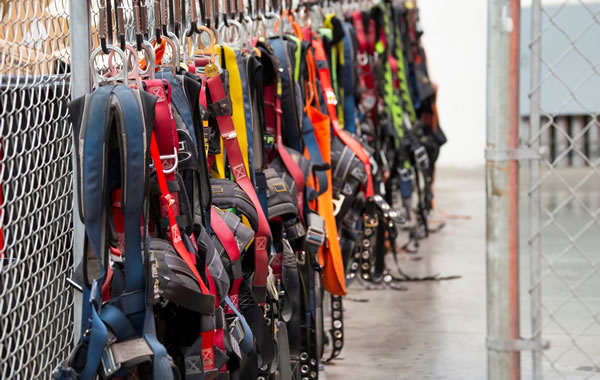Government Contracting Database
Responsiveness
The responsiveness of a bid is determined at the time of bid opening. In order to be found responsive, “a bid must comply in all material respects with the invitation for bids.” This means that the bidder must be willing to comply with all of the essential requirements of the solicitation. If a bidder takes exception to any of these essential requirements in his bid, the bid will be rejected as non-responsive and an award will be made to the next lowest bidder who is both responsive and responsible.
The best way to determine whether or not a bid conforms to the essential requirements of the invitation is by examining any suspected areas of non-responsiveness to determine whether they go to issues of price, quantity, quality, or performance time. If a bidder takes exception to any of these four elements, his bid will most assuredly be rejected as non-responsive. As an example, if a project is to be performed within 300 days, and the bidder submits a bid indicating that he will perform the project in 301 days, he will have deviated from an essential requirement of the solicitation and will be rejected as non-responsive. Similarly, if the bidder fails to bid on all required line items on the bidding schedule, or deviates from the quantitative or qualitative requirements of the solicitation, he will risk rejection without any further opportunity to correct the exception he has taken to the solicitation. One of the harsh results in the area of non-responsiveness is that a non-responsive bid may not be corrected after bid opening to make it responsive. To do so would enable a bidder to have “two bites at the apple” and would attack the integrity of the competitive bidding system. Therefore, if a bid is found to be non-responsive, a correction to make that bid responsive will not be allowed even though it might be to the government’s financial interest to allow that correction in order to retain the lowest possible price.
In order to protect the integrity of the competitive process, the determination of responsiveness must be made from the bid documents at the time of bid opening, Argus Servs., Inc., B-226164, 87-1 CPD ¶ 429 (Comp. Gen. Apr. 21, 1987) (citing Peter Gordon Co. Inc., B-196370, 80-2 CPD ¶ 45 (Comp. Gen. July 18, 1980)), without resort to subsequent explanation from the bidder or other extrinsic evidence. AVS. Inc., B-218205, 85-1 CPD ¶ 328 (Comp. Gen. March 14, 1985); see also Matter of: Johnson Mach. Works, Inc., B-297115, 2005 CPD ¶ 188 (Comp. Gen. Oct. 20, 2005). Otherwise, after bids are exposed, a bidder could utilize ambiguous terms in its bid to effectively elect whether or not it wanted to have its bid considered. This would give a bidder “two bites at the apple,” and defeat the very purpose of sealed bidding procedures. Kidd Enterprises. Inc., B-214096, 84-1 CPD ¶ 274 (Comp. Gen March 6, 1984).
Any deviation from that which is required by the solicitation, or failure to supply required information or fill in line items on the bid schedule, may result in the bid being rejected as non-responsive. The bid must be properly signed and dated and should include a properly executed bid bond, with the required power of attorney on behalf of the bidder’s surety.
Updated: July 5, 2018
Looking for additional government contracting resources?
Search Our Database





























